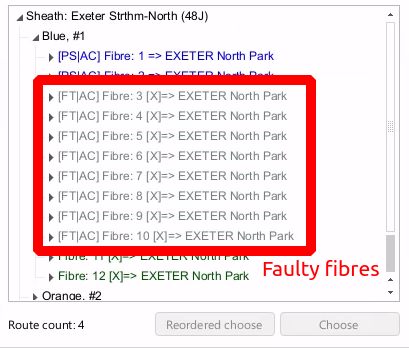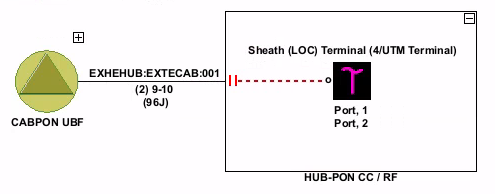
We’re excited to announce that our development team has released a new version of Globema’s Smallworld products for the telecommunications industry. This release covers five add-ons to Smallworld Physical Network Inventory, now compatible with Smallworld Core/PNI 5.3.0:
Let’s take a look at the major new and improved features of our PNI modules!
This module expands the management of rooms and space in the racks in PNI. It introduces a number of improvements that make the processes of collecting and maintaining information about equipment more efficient. DCM enables creating detailed documentation of any electrical connection starting from power sources (e.g. connection to the power grid, backup generator, etc.), through power distribution boards and power switches, to power supplies installed in racks with connections to individual telecommunication devices or HVAC equipment. The module helps users save time and make fewer mistakes when editing data.
New features
- This DCM release brings a new type of Internal Route, Shaft. It can be used to model vertical connections (“shafts”) between floors in buildings or hubs.
- Access Points can now have internal locations in two different buildings, representing entry points of a shaft connecting sides of a semi-detached house.
Improvements
- One of the enhancements of DCM is related to shelf modeling and allows users to model ports/cards located at the back panel of the shelf (so-called back worlds), also for non-straight-through shelves.
- It is now possible to change the specification of a bay.
PRM supports the management of physical routes in transmission networks by allowing users to group any number of physical resources into an easily accessible and manageable entity called Route.
New features
- We extended PRM with a new type of route, a Faulty route. It allows you to mark a single cable segment or the whole path as faulty. If a user tries to utilize fiber marked as faulty in regular routes, the PRM application will display a warning.
- Another new PRM feature is sending equipment (such as cable or ports) or structures (e.g., underground or aerial routes, buildings, etc.) utilized by a PRM route to Explorer for further processing (creating reports, export).
Improvements
- One of the improvements is related to PRM handling Sheath Terminal and Sheath (LOC) Terminal objects as optical devices.
- Another improvement includes handling fiber cables with bundles in bundles.
- Manual routing supports highlighting the trace/endpoint for a selected fiber.
- The PRM issue report and the free/occupied report now take page parameters (paper size and orientation) from the XLTX templates.
This PNI add-on features automatic generation of schemes for optical routes – easily printable and legible paper documentation of the optical network fragments needed in network building and maintenance.
New features
- Splice diagram for Internal Splice can now present equipment (RME) ports when external cables are connected to them directly.
- We added a Page Format Output property – the capability to configure larger page sizes in Layout files for PDF exports that can be easily limited to common Printer page sizes (A4/A3 or Letter/Tabloid).

Improvements
- This ONA release brings significant improvements related to the Planned Works presentation:
- Information about Planned Works is now also presented on ODF diagrams,
- Target Port or Device is now presenting TO-BE state (after Planned Work is implemented), AS-IS state is presented as well, similarly to previous releases,
- For PRM-based Planned Works, all objects supported by PRM should now be properly presented, including PRM Virtual Section and Sheath Terminals,
- With additional configuration, Report Pack can now generate ONA diagrams for PRM Routes.
- We introduced corrections and fixes to Internal Diagrams – they now will also present the nearest splice or a location at which a given cable is entering or leaving the building.
These are all major changes in our latest release. We hope that they make your telco inventory more effective than ever before!
If you’re still looking to improve your network management with Smallworld PNI software, discover how to create a reliable network inventory. And feel free to contact us – our team will be happy to perform a dedicated live demo of the modules.
You may also be interested in:
Central Address System with Physical Network Inventory - UPC case study
GeoTask - more efficient customer service and network maintenance in the telco sector in Romania. Case Study
Globema in the 30th Computerworld TOP200 ranking of the largest IT service providers in Poland














